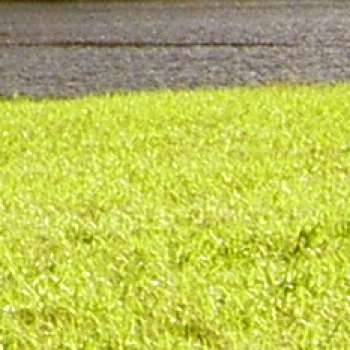
Water quality
There are many possible measures against agricultural runoff. The measures most usually applied in Norway are focusing on reduced losses of phosphorus to streams and lakes. Measures against nitrogen and pesticides are also important.
Subject article
Publications
Abstract
Mørdre nedbørfelt er en del av Program for jord- og vannovervåking i landbruket (JOVA) som rapporterer årlig om jordbruksdrift, avrenning og tap av partikler, næringsstoffer og plantevernmidler. I perioden fra 2010 til 2016 ble det observert de høye tap av fosfor i Mørdre-feltet. Denne rapporten presenterer en analyse av en lang tidsserie av observerte data for avrenning, suspendert sediment og fosfor tap som tar sikte på å undersøke årsakene til høye fosfortap samt eventuelt identifisere en permanent endring. Utfordringen er: (1) tidsavhengighet, (2) sammenkobling mellom prosessene i nedbørfelt og (3) nøyaktig informasjon om all aktiviteter i nedbørfeltet. Disse kan ikke identifiseres direkte fra gjeldende datasett. Forfattere identifiserte komplementære målinger og / eller tiltak som tar sikte på å undersøke og forstå vannets veier og transportprosesser for sediment og næringsstoffer i nedbørfeltet, og omfatter undersøkelser koblet til ekstreme hendelser.
Authors
Marianne Bechmann Dennis Collentine Flemming Gertz Morten Graversgaard Berith Hasler Janne Helin Brian Jacobsen Katri Rankinen Karen RefsgaardAbstract
No abstract has been registered
Authors
Inga GreipslandAbstract
Norway has adopted the Water Framework directive and intends to achieve good ecological status in all water bodies by 2021. The environmental condition of Norwegian rivers and lakes are good compared to those in most other countries in Europe. A preliminary survey of the status of all Norwegian water bodies shows that around 50 % probably will meet the EU objectives/requirements for the freshwater environment, while around a quarter are at risk with regards to the requirements (Snellingen Bye et al., 2010). For the remaining water bodies, data are not available or their status is uncertain. Agriculture has been identified as the third most important factor influencing the status of Norwegian fresh water bodies.
Authors
Inga GreipslandAbstract
Climate scenarios for Norway predict an increase in temperature, a longer growing season and more precipitation in most parts of the country (Hanssen- Bauer et al., 2015). More precipitation will likely have a negative effect on water quality because of the increased fluxes of nutrients like phosphorus (P) and nitrogen (N) into rivers and lakes. (Deelstra et al, 2011). Higher water temperatures are favorable to cyanobacteria, which could grow faster and create toxic waters. Even today, Norway experiences large problems related to heavy precipitation; for instance flooding, erosion, nutrient loss and damage to infrastructure. If precipitation continues to increase, the need for more or more effective mitigation measures in agriculture would become necessary.



